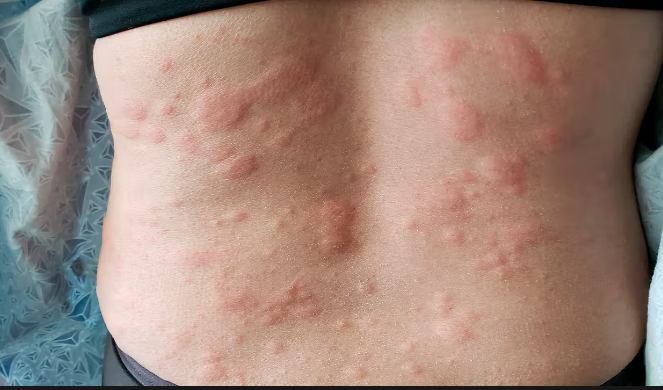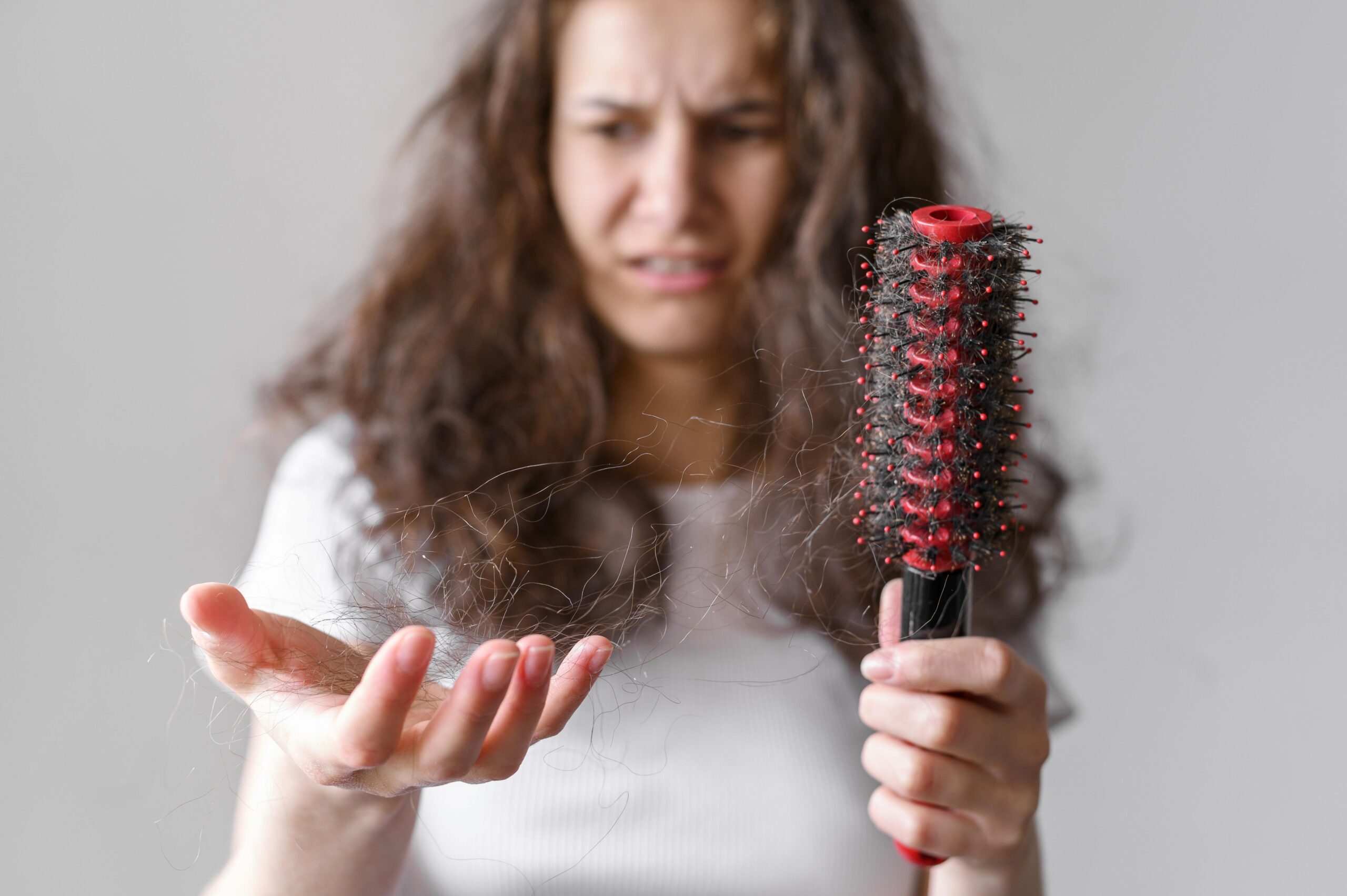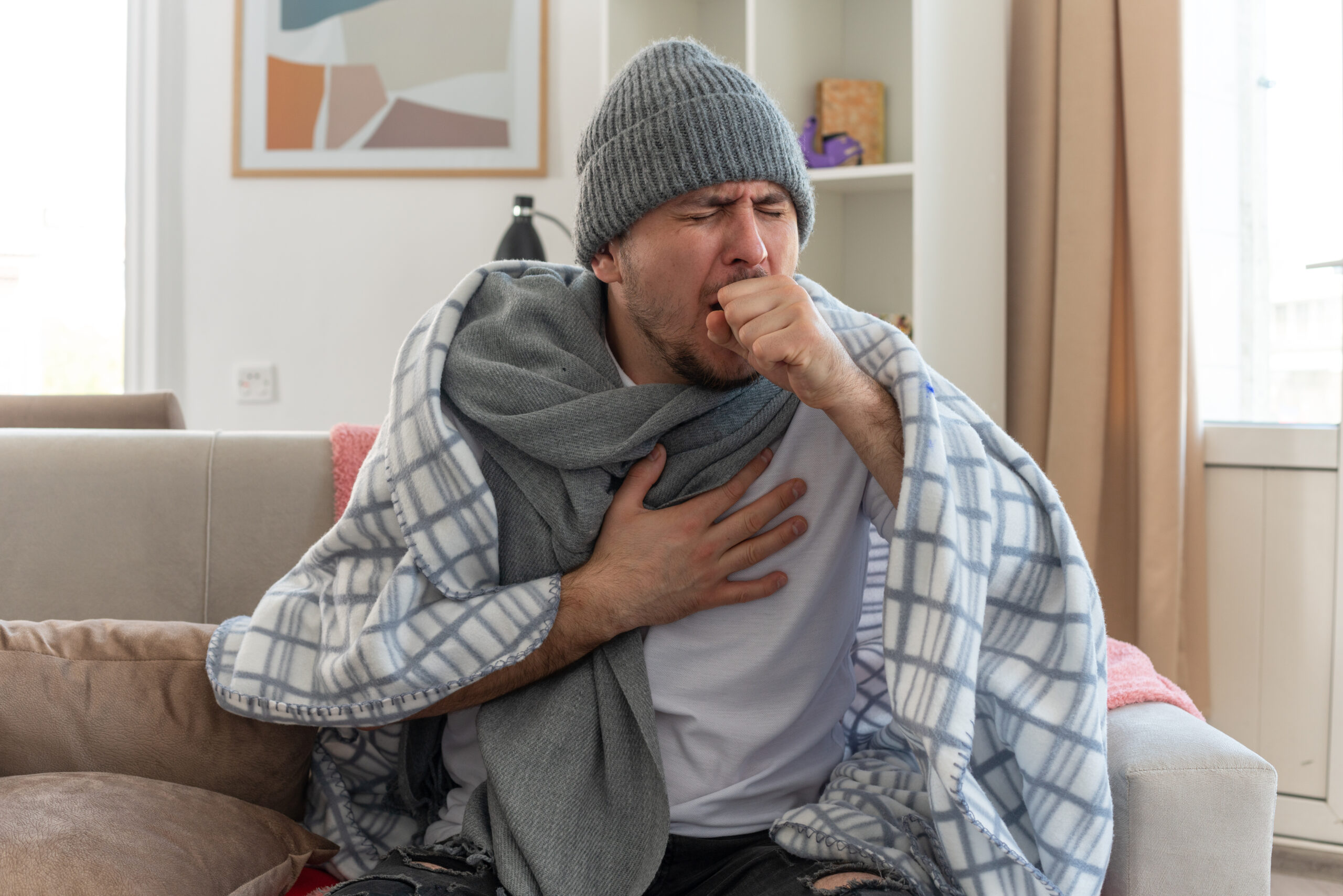Homeopathy For After Effects Of Holi Colors
holi
 Holi, the vibrant festival of colors, has deep roots in Hindu mythology and ancient Indian traditions. Its origin is traced back to various legends, with one of the most popular being the tale of Prahlad and Holika. According to Hindu mythology, Prahlad, a devotee of Lord Vishnu, was saved from the flames by divine intervention during a plot by his father, the demon king Hiranyakashipu, and his sister Holika. This event symbolizes the victory of good over evil and the triumph of devotion.
Holi, the vibrant festival of colors, has deep roots in Hindu mythology and ancient Indian traditions. Its origin is traced back to various legends, with one of the most popular being the tale of Prahlad and Holika. According to Hindu mythology, Prahlad, a devotee of Lord Vishnu, was saved from the flames by divine intervention during a plot by his father, the demon king Hiranyakashipu, and his sister Holika. This event symbolizes the victory of good over evil and the triumph of devotion.
The festival also celebrates the arrival of spring, marking the end of winter and the beginning of a season of abundance and fertility. As flowers bloom and nature adorns itself in vibrant hues, people take to the streets to revel in the spirit of renewal and rejuvenation.
Playing Holi is a way to break free from inhibitions and societal norms, embracing joy and unity with friends, family, and even strangers. The throwing of colored powders and water signifies the shedding of past grievances and the welcoming of new beginnings. It’s a time to forgive, forget, and spread love and happiness.
In essence, Holi is not just a festival of colors; it’s a celebration of life itself, embodying the essence of joy, love, and unity that transcends boundaries and brings people together in a colorful tapestry of cultural harmony.
After Effects Of Holi Colors
- Skin Irritation: The vibrant synthetic colors used during Holi can often contain harsh chemicals and dyes that may cause skin irritation, rashes, or allergic reactions. Direct contact with these colors, especially for extended periods, can lead to dryness, itching, or even dermatitis in sensitive individuals.
- Eye Irritation: Accidental contact with colored powders or water can result in eye irritation or conjunctivitis. It’s crucial to protect the eyes during Holi celebrations by wearing sunglasses or using protective eyewear to prevent colored powders from entering the eyes.
- Hair Damage: The chemicals present in Holi colors can also damage hair, leading to dryness, brittleness, or discoloration. It’s advisable to oil the hair thoroughly before playing Holi to create a protective barrier and to wash the hair with a mild shampoo afterward to remove color residue.
- Respiratory Issues: Inhalation of fine particles of colored powders can irritate the respiratory tract, leading to coughing, sneezing, or difficulty breathing, particularly in individuals with asthma or other respiratory conditions. It’s essential to avoid direct inhalation of Holi colors and to play in well-ventilated areas.
1. Skin Irritation
 Contact Dermatitis: This is one of the most common types of skin irritation caused by Holi colors. It typically appears as redness, itching, and inflammation of the skin, often accompanied by small bumps or blisters. Contact dermatitis occurs when the skin comes into direct contact with allergens or irritants present in the colors, such as synthetic dyes or chemicals.
Contact Dermatitis: This is one of the most common types of skin irritation caused by Holi colors. It typically appears as redness, itching, and inflammation of the skin, often accompanied by small bumps or blisters. Contact dermatitis occurs when the skin comes into direct contact with allergens or irritants present in the colors, such as synthetic dyes or chemicals.- Allergic Reactions: Some individuals may experience allergic reactions to certain ingredients in Holi colors, leading to more severe symptoms such as widespread rash, swelling, or hives. Allergic reactions can vary in intensity, with some people experiencing mild discomfort while others may require medical attention to manage symptoms.
- Chemical Burns: Holi colors containing abrasive or corrosive chemicals can cause chemical burns on the skin upon prolonged exposure. These burns may appear as red, irritated patches of skin and can be accompanied by pain, blistering, or peeling. Chemical burns require prompt medical attention to prevent further damage and promote healing.
- Dryness and Flakiness: The harsh chemicals present in Holi colors can strip the skin of its natural oils, leading to dryness, flakiness, and a rough texture. This can make the skin feel tight, itchy, and uncomfortable, especially in individuals with pre-existing dry skin conditions such as eczema or psoriasis.
- Sun Sensitivity: Some Holi colors contain photosensitive chemicals that can make the skin more susceptible to sunburn and sun damage. Prolonged sun exposure after playing Holi can exacerbate skin irritation and increase the risk of sunburn, particularly in areas where the skin has been sensitized by the colors.
HOMOEOPATHIC MEDICINE
- Apis Mellifica 30
- Urtica Urens 30
- Sulphur 30
- Arsenicum Album 30
- Ledum Palustre 30

2. Eye Irritation
 Conjunctivitis (Pink Eye): Direct contact with Holi colors containing harsh chemicals or allergens can lead to conjunctivitis, an inflammation of conjunctiva, thin, transparent membrane covering white part of eye and inner surface of the eyelids. Symptoms include redness, itching, watering of the eyes and gritty sensation.
Conjunctivitis (Pink Eye): Direct contact with Holi colors containing harsh chemicals or allergens can lead to conjunctivitis, an inflammation of conjunctiva, thin, transparent membrane covering white part of eye and inner surface of the eyelids. Symptoms include redness, itching, watering of the eyes and gritty sensation.Corneal Abrasion: Abrasive particles present in Holi colors can scratch the surface of cornea, clear outer layer of the eye. Corneal abrasions can cause pain, sensitivity to light, tearing and foreign body sensation in the eye. Immediate medical attention is necessary to prevent infection and promote healing.
Chemical Keratitis: Exposure to chemicals present in synthetic Holi colors can result in chemical keratitis, inflammation of the cornea due to chemical irritation. Symptoms include severe eye pain, blurred vision, redness, tearing and sensitivity to light. Prompt rinsing of eyes with clean water and seeking medical assistance is crucial to prevent complications.
Allergic Conjunctivitis: Individuals allergic to certain dyes or chemicals present in Holi colors develop allergic conjunctivitis upon exposure. Symptoms include red, watery eyes, itching, swelling of the eyelids, and mucous discharge. Avoiding contact with allergens and using antihistamine eye drops help alleviate symptoms.
Eye Dryness and Irritation: Prolonged exposure to Holi colors, particularly those containing drying agents or irritants, can lead to eye dryness and irritation. Symptoms include gritty sensation, burning, itching, and redness. Using lubricating eye drops or artificial tears can help alleviate discomfort and restore moisture to the eyes.
HOMOEOPATHIC MEDICINE
- Euphrasia 30 / Euphrasia Eye Drop
- Apis Mellifica 30
- Argentum Nitricum 30
- Belladonna 30
- Arsenicum Album 30
3. Hair Damage
 Dryness: Holi colors often contain chemicals and dyes that can strip hair of its natural oils, leading to dryness and rough texture. Dry hair is more prone to breakage and split ends, making it important to replenish moisture with deep conditioning treatments after Holi.
Dryness: Holi colors often contain chemicals and dyes that can strip hair of its natural oils, leading to dryness and rough texture. Dry hair is more prone to breakage and split ends, making it important to replenish moisture with deep conditioning treatments after Holi.- Discoloration: Synthetic Holi colors may contain pigments that can penetrate the hair shaft, causing temporary or permanent discoloration. Light-colored or bleached hair is particularly susceptible to staining, resulting in unwanted hues or patches of color.
- Brittle Hair: Exposure to harsh chemicals in Holi colors can weaken the hair shaft, causing it to become brittle and prone to breakage. Brittle hair is characterized by a lack of elasticity and resilience, making it more susceptible to damage from brushing or styling.
- Scalp Irritation: The chemicals present in Holi colors can irritate the scalp, leading to itching, redness, or inflammation. Scratching the scalp can further exacerbate irritation and may result in dandruff or other scalp conditions.
- Hair Loss: Prolonged exposure to Holi colors, combined with vigorous rubbing or washing to remove the color, can contribute to hair loss or thinning. Hair follicles may become weakened or damaged, resulting in excessive shedding or hair breakage.
- Frizz: Holi colors can disrupt the hair’s natural moisture balance, causing the cuticle layer to become rough and lifted. This can lead to frizz and flyaways, making the hair appear dull and unmanageable.
HOMOEOPATHIC MEDICINE
- Arnica Montana 30
- Silicea 30
- Phosphorus 30
- Sulphur 30
- Mezereum 30
4. Respiratory Issues
 Irritation and Coughing: Fine particles of colored powders can irritate the nasal passages and throat, leading to coughing, throat irritation, and discomfort.
Irritation and Coughing: Fine particles of colored powders can irritate the nasal passages and throat, leading to coughing, throat irritation, and discomfort.- Sneezing and Nasal Congestion: Inhaling Holi colors can trigger sneezing and cause nasal congestion or runny nose, particularly in individuals with allergies or sensitivities.
- Asthma Exacerbation: Individuals with asthma may experience exacerbation of symptoms, such as wheezing, shortness of breath, chest tightness, and coughing, due to exposure to airborne particles from Holi colors.
- Allergic Reactions: Some individuals may develop allergic reactions to the chemicals and dyes present in Holi colors, leading to respiratory symptoms such as difficulty breathing, wheezing, or throat swelling.
- Bronchitis: Prolonged exposure to Holi colors, especially in enclosed or poorly ventilated spaces, can irritate the airways and lead to inflammation of the bronchial tubes, resulting in bronchitis and associated symptoms like coughing and chest discomfort.
- Respiratory Infections: Inhaling contaminated particles from Holi colors can increase the risk of respiratory infections, such as sinusitis, pharyngitis, or bronchitis, particularly if the colors contain bacteria or other pathogens.
- Exacerbation of Chronic Respiratory Conditions: Individuals with pre-existing chronic respiratory conditions, such as chronic obstructive pulmonary disease (COPD) or interstitial lung disease, may experience worsening of their symptoms after exposure to Holi colors, requiring prompt medical attention.
HOMOEOPATHIC MEDICINE
- Arsenicum Album 30
- Allium Cepa 30
- Belladonna 30
- Antimonium Tartaricum 30
- Sambucus Nigra 30
Medicine images use for reference only selection of homeopathic medicine depends on the individual’s specific symptoms and overall constitution. Moreover, homeopathy is a holistic system of medicine that treats the individual as a whole. In addition to addressing the physical symptoms, it takes into account the emotional and mental state of the person. Consequently, it’s crucial to consult with a qualified homeopathic practitioner for personalized treatment.
The information provided on this website is intended solely for educational purposes. Always seek the advice of your physician or other qualified health provider.
